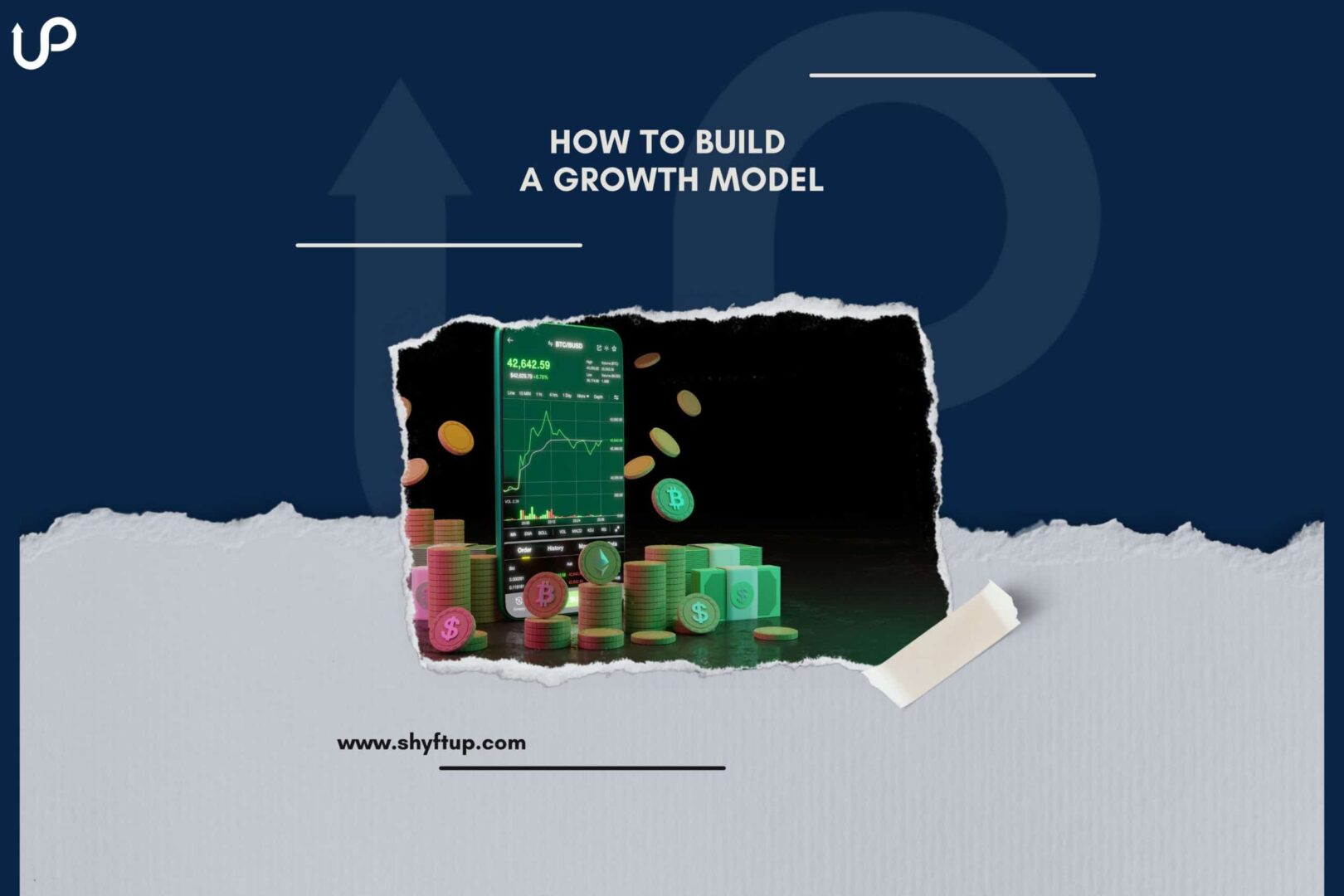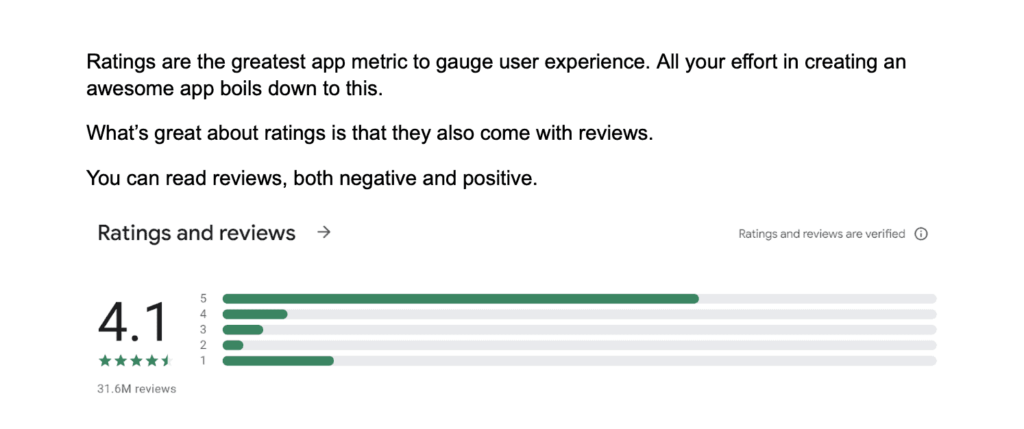
How to Build a Growth Model
If you want your app to be successful, you need to build a growth model. However, you might wonder, “What is a growth model for mobile apps?”, “Why do I need a growth model?” Most importantly, “How do I build a growth model?”
In this post, we will answer all these questions and equip you with the right knowledge to grow your app.
What is a mobile app growth model?
A growth model for mobile apps is a representation of the factors that affect the growth of your app. It also includes the various plans, campaigns, and strategies that are specifically formulated to reach app success.
A growth model is more like a business model. However, the big difference is that the growth model is data-driven and it needs a lot of data to work.
You can think about a growth model as a way to summarize, conceptualize and measure your app’s performance using a simple equation.
Why do you need a mobile app growth model?
If you’re serious about improving your app’s reach and size, you need to have a growth model. Here are some of the reasons you need one:
- A growth model helps you predict the growth of your app based on your data and to some extent, educated assumptions. When you can create an accurate forecast of your app growth, you’ll have a better chance of preparing for potential problems you might encounter along the way.
- A growth model allows you to create more effective marketing campaigns. Since growth models give you an idea of what may happen in the future, you can better adjust your plans and objectives.
- A growth model enables you to understand what contributes to the success or failure of a specific project you have created.
How to build a growth model?
Now, let’s go to the main topic of our discussion today. How do you create a growth model that best meets your needs and situation?
There is no one-size-fits-all method for creating growth models. However, there are general steps you should take. Here are the four important ways to create a growth model for a mobile app.
Identify your north star metric
The north star, also known as Polaris, is directly located above the North Pole. It has been used in navigation. It helps travelers in finding where the north direction is and it guides them on where to go.
When you define your North Star metric, it means that you want to know your ultimate goal in creating your growth model.
You need to ask yourself, “What is that one metric that will tell you that your app is growing?”
A lot of businesses will tell you that their North Star Metric is revenue. On the surface, it may sound logical, but this shouldn’t be the case for you.
Remember, when your app is driven by simply making money, you and your team may go the wrong path. For example, you may be too focused on making money and forgetting about the ethics or welfare of your users.
That’s why your North Star metric should be something that will indicate the amount of value you’re giving to your users.
For mobile apps, your North Star metric can be customer ratings. Your app rating indicates how satisfied your users are. It measures the positivity of the user experience.
That’s just one example.
Some social media apps use their Minutes per Day metric as their North Star. Their developers know that the more the users stay on their platform, the more value they provide to the users.
For booking apps, obviously, they use the number of their bookings as their North Star metrics.
As you can see, there are two basic criteria for a metric to become a North Star. These are the following:
- User growth
- Product’s value
You can start creating a growth model by identifying your North Star metric. Remember, this metric should not just measure growth, but also the value you give to the user.
Get familiar with your user journey
User journey refers to the steps that your users take when interacting with your app. While this may take some time to create, a user journey can actually help you establish a solid foundation for your growth model later.
User journey may cover the time when your user saw your app. From there, users went through the onboarding or registration process. This is followed by activation and then, daily active usage of your app.
User journey may end upon making a purchase or if the user uninstalled your app.
When you have a full grasp of your user journey, you can better understand how each of these steps and factors interact with each other. You can identify areas where there’s room for growth and how you can better polish your entire user journey process.
Formulate your growth equation
Here’s where things can get complicated and technical. You should give this enough time because this greatly affects the quality of your growth model.
That’s why you should have a deep understanding of your user journey to create a better growth equation. Again, the growth equation would depend on what you want to accomplish and your North Star metric.
Create growth model
Now that you have your user journey all mapped out plus your growth equation, you can now build the growth model itself.
In most cases, growth models are built on a spreadsheet. Two of the most popular spreadsheets you can use are Microsoft’s Excel and Google Docs.
Growth models can cover any length of time. However, for best practices, don’t exceed 90 days. Moreover, your measurement of time should be days, not weeks or months.
Since growth models include a lot of data, you may want to divide details into tabs. You can separate them based on where they are located in the user journey.
One good example would be having a separate tab for user acquisition, activation, onboarding, and retention loops.
The final tab can be a place where all data are combined systematically and give you your North Star metric.
Learn more about how to build a growth model
Now that you have a quick overview of what a growth model is about, you can take the next step. Gather as much data as possible and create your own growth model.
We understand that it is not always easy to create a growth model. You need the right knowledge and technical skills to identify your North Star metric, prepare user journey, and create growth equations.
Thankfully, you don’t have to go through the process alone. You can either spend so much time and energy to create your growth model or you can get help from ShyftUp.
ShyftUp has helped thousands of app developers in marketing their products and services. They specialize in user acquisition and part of that expertise is to guide you in building your growth model.
If you wish to learn more, you can get in touch with them today!
What are the four growth models?
The four common growth models include entry, growth, expansion, and maturity.
What does a growth model look like?
Growth model looks like a growth equation that includes inputs, function, and output.
Do you have to create a growth model?
Creating a growth model is not mandatory for any app developer. Especially when your time is limited, you might want to focus your energy in driving actual growth. However, a growth model can dramatically help you better understand the various factors that can help you expand your app.


